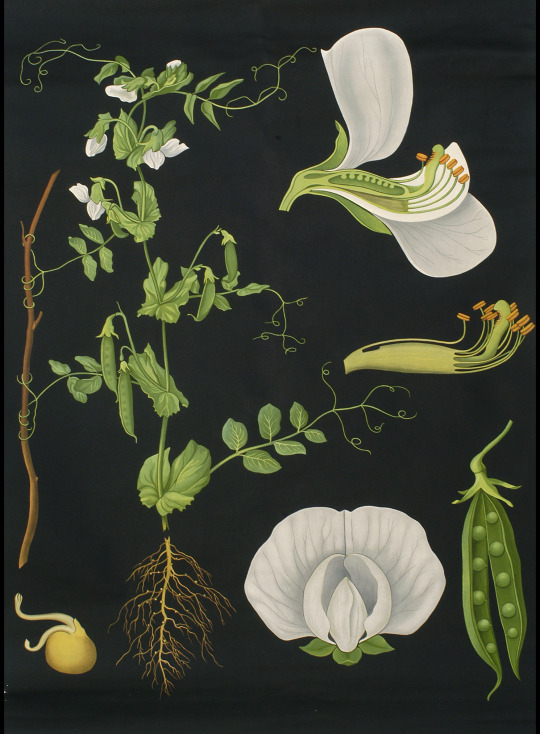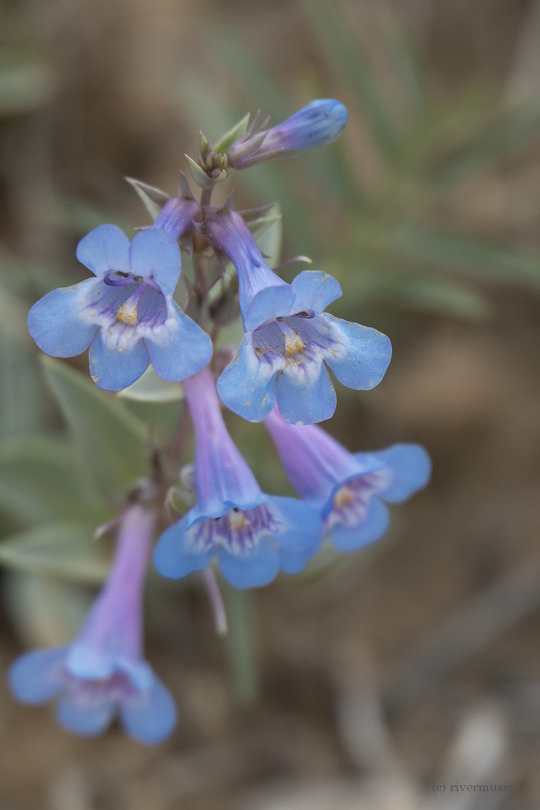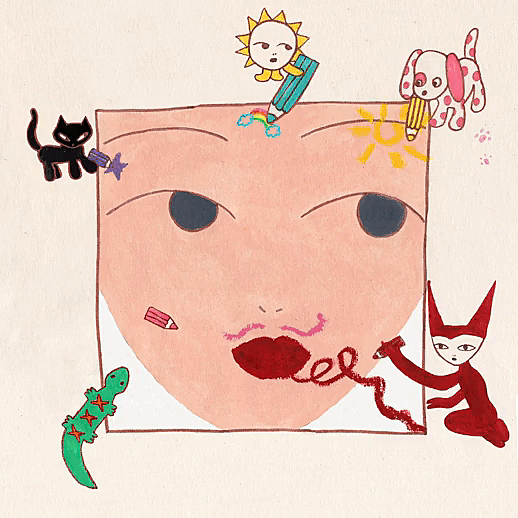Don't wanna be here? Send us removal request.
Text

Parts of the pea plant.
Jung-Koch-Quentell Wall Tables. 1970.
The Memory
2K notes
·
View notes
Text

Silver Moon - Sheila Anderson Hardy
Scottish , b. 1956 -
OIl on canvas , 91 x 61 cm.
3K notes
·
View notes
Text

the beautiful biodiversity of plant seeds, genera silene, poppies, oxalisa and solanaceae by J.D. Frei.
122 notes
·
View notes
Text

4 notes
·
View notes
Text
Peas!
Pea plants are amazing. They're a plant that feels to me like they are desperately keen to grow

An escaped seed must have sprouted, having dropped from the sheet holding a bunch of drying pea pods above it.
They're really beautiful plants, with delicate flowers and tendrils that grip and wind onto any support they can find, and they taste bloody great, especially the first pick of sugar snaps right at the start of the season. They are early cropping, and apparently the flowers cannot be fertilised (and therefore won't produce peas) above 30 degrees.
Being legumes, they fix nitrogen and so do not require lots of added inputs to the soil. The soil should be well draining though, to prevent root rot. They can be eaten at any stage - eat the shoots if you're fancy, or dry them and make pease porrige like the did in the middle ages! In fact, when they were introduced in the 1600s in Britain as the fresh vegetable (and not just a dried more like a bean) they were said to cause such a stir that people become manically addicted...
So they can be dried for storage for eating, but also of course for saving the seed. Drying and shelling peas for seed was my introduction into the world of seed saving. A perfect intro - they make it so easy for us! Simply leaving a few of the forgotten pods on the plant as long as possible, to swell up and dry, and you'll have your seed supply for next years sowing.

Dried wrinkly peas from a sugar snap variety. They are said to be properly dry when you could bite into one and not leave tooth marks.
On a larger scale, marking off a section to not harvest from at all works best, although tricky to resist the plumper pods in the forbidden section. If there are any particularly unhealthy plants, they can be removed (a process called rouging) at any point to try and avoid passing on these trait.

Peas are mostly self fertile, having "perfect" flowers (which just mean the flowers contain both the pistil and the stamen, allowing them to fertilize themselves). This means they are unlikely to cross, although the advice if you are growing more than one variety of pea to try and grow them 15 meters apart, but this can be less if they are separated by a barrier such as a hedge. Pollinators can be lazy sometimes! But, again the chance of crossing is low so it shouldn't be a big concern. Side note, thing like chickpeas (Cicer arietinum) and sweet peas (Lathyrus odoratus) are in the same family Fabaceae but not the same species so will not cross with the traditional garden peas (Pisum sativum).
Within this species there are 3 main categories -
English/podding peas. These are grown for the pea and the pod is generally too tough and fiberous to be eaten
Magetout/ snow peas. These are eaten before the peas develop and are eaten whole
Sugar snap peas. These peas were developed more recently to be the best of both worlds, the pea is eaten whole with the peas developed inside, meaning the crop is sweeter.
Within these categories, you will sometimes hear peas be refereed to as "wrinkled" or "round" seeded. This refers to how the seed looks dry, as sugar snap peas have more wrinkled seed. This is something to do with the higher sucrose content, but what it exactly does I couldn't pretend to know. There is also massive height range with different varieties of peas, and the dwarf varieties are well worth considering if you don't want to worry so much about the sturdiness of your support, or having to find something to climb on when it comes to harvesting the peas higher up.

Peas and calendula
Sitting around shelling peas can be really social and also feels satisfyingly like a kind of ancient practice, I don't know what it is about podding and shelling vegetables that appeals so much but I highly recommend it as a meditative process!
For more info, Hodmedods UK sell all sorts of dried legumes on their site, but also write articles and blogs about traditional varieties of UK grown legumes like the Carlin pea and how to cook with them.
14 notes
·
View notes
Text

Lettuce!
The first time i encountered lettuce plants going to seed i thought they looked like little palm trees... I was really surprised at how thick and sturdy the stems become when they are left to live out their full life cycle, especially if lots of the bottom leaves are stripped to reveal this woody stem. This is one of the joys of seed saving for me, seeing plants transform (often into relatively monstrous proportions!) and getting to appreciate the plant in a totally different way.
I didn't know at the time that lettuce was comparatively easy to save seed from, with the plants being mostly self fertile with perfect flowers, so there is minimal chance of crossing. The official advice is still to leave several meters between varieties, especially in hotter climates (where insects are more active/abundant? I have no idea), but if that would stop you saving your own lettuce seed for your own use, I say ignore the advice! I had been enjoying the benefits of saved lettuce seed, with the saved Cocarde seed being the most reliable germination in my fortnightly salad sowings that I was overseeing, often out performing much newer, bought in seed. Since I found out it could be achieved without complicated isolation netting and fears of cross pollination, I'd been dying to try it for myself. Just one plant can produce up to 10 grams of seed (that's around 8000 seed!) so it is the gift that keeps on giving. I also feel that most organic lettuce varieties are open pollinated and not hybrids, another plus for ease of mind when seed saving from this crop.
There are 3 main types of lettuces cultivated in the UK-
Romaine or cos lettuces, which form tight heads with long leaves, a typical example being little gem
Head lettuces, which again form heads but can be looser, and include smoother butter head types and more frilly batavia types
Leaf lettuces, which don't form heads and are often more frilly. an example is lollo rossa
They are all within the Lactuca sativa species so could all technically cross with eachother.
Lettuce are surprisingly hardy plants and such a mainstay for UK market gardeners, selling them as whole heads, and as part of mixed salad bags -which I believe are the highest value product for growers, although I have no recollection of where I heard that so can't fact check it! It makes sense in that it is high turnover, and many successions can be grown in a season. I personally find it hard to get too over excited about lettuce, preferring the more showy fruiting crops, and things that can be cooked and preserved in a variety of exciting ways. And seeing that it is often the veg that goes the most to waste (people love to buy mixed salad bags in shops because they look so appealing, but often fail to get round to eating them before they go slimy), it's hard to see it as the most sustainable crop. However I have made a deal with myself to get over my trepidation and finally experiment with lettuce soup this season!


As the stalks elongate and these beautiful heads start forming, the plants will want some kind of support if they are standing alone as this one is, we do have some that seem to be fairing quite well supported by tomato plants either side! I think it is quite common for several plants to die off at this stage, so select more than you think you'll need. Removing lower leaves can help to reduce the risk of rotting/moldy leaves/ slug damage leading to disease.

(A beast of a slug found hanging out under the module trays)
Watch out for flower buds starting to form, when open they almost look like little dandelion flowers, and in fact there method of distribution is the same with fluffy tops forming at full maturity.

It won't be long after flowering (about 2 weeks) that those seeds are mature, however flowers appear at varying times on the same plant so there are different methods of getting as much good, mature seed off the plant as possible. A good method for wetter UK conditions would be digging up the whole plant, roots and all, bagging the roots to stop soil dropping in with the seeds, and in a well ventilated, dry area , hanging the plant upside down in a paper bag (could be a potato sack or similar, just check for holes and turn it inside out so it's clean on the inside). Do this when about 50% of the seed are mature some will continue to mature on the plant and drop into the bag, ensuring a fairly good yield. Alternatively you can always just hand harvest mature seed from the plant as and when they come, with the main stem of the lettuce generally producing the best seed. They are mature when they easily separate from the plant.
Make sure the seed is completely dry before storing in a cool, dark, dry place.
These are just my musings from observations and my experience, as an enthusiast not a professional. My recommendations for deeper dives from the experts -
The seed growers podcast focused on lettuce seed production with Frank Morton
diyseed.org has beautiful videos going into detail on the seed saving process of most vegetables you could think of
realseeds.co.uk are an open pollinated seed company that encourage and have lots of resources on saving seed
8 notes
·
View notes
Photo

Narrowleaf Penstemon (Penstemon angustifolius) is a bicolor beauty in the high desert
© riverwindphotography, June 2022
4K notes
·
View notes
Photo


Egyptian mosaic glass fragmentary bars and inlays, 3rd century BCE-1st century AD
10K notes
·
View notes
Photo

Jean-Michel Folon: The Return of the Two Snails [1979]
13K notes
·
View notes
Photo

Rozz Williams. Photo by Ignacio Segovia.
791 notes
·
View notes
Text

The cat Patisson returns home from a night walk
22K notes
·
View notes
Photo

Shin Saimdang, Picture of Insects and Grass No. 2, 16th century.
Shin Saimdang (1504-1551) is one of the best-known women in Korean history. She was an artist, writer, calligraphist and poet of the Joseon Kingdom (1392-1910).
1K notes
·
View notes




